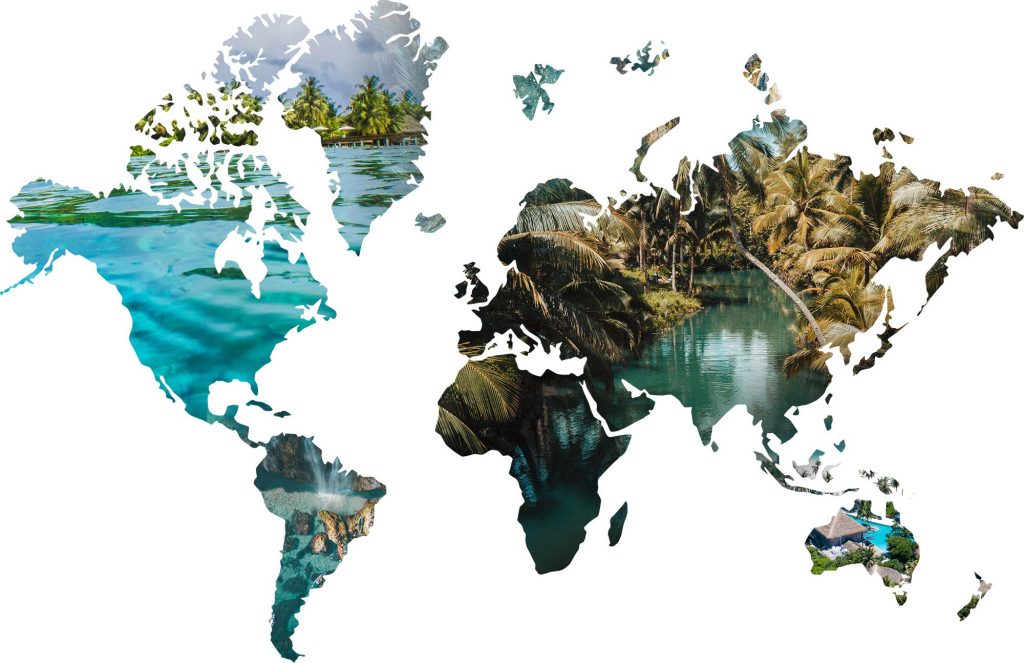Welcome to our comprehensive guide on ocean rafting and navigation skills! In this article, we will delve into the basics of seamanship, equipping you with the knowledge and skills necessary to navigate the open waters safely and confidently. Whether you are a beginner looking to embark on your first ocean adventure or an experienced sailor seeking to enhance your skills, this guide will provide you with valuable insights and practical tips. So, let’s set sail and explore the world of seamanship!
Understanding Seamanship
Seamanship refers to the art and science of operating a vessel at sea. It encompasses a wide range of skills, including navigation, boat handling, safety procedures, and communication. A competent seaman possesses the ability to navigate through challenging conditions, make informed decisions, and respond effectively to emergencies. It is essential to develop a strong foundation in seamanship before venturing into the vast ocean.
The Importance of Navigation Skills
Navigation lies at the heart of seamanship and is crucial for safe and successful voyages. With the advancements in modern technology, navigation has become more accessible and accurate. However, it is essential to understand the fundamental principles of navigation to navigate confidently, even without relying solely on electronic devices.
Understanding Nautical Charts
Nautical charts are graphical representations of a waterway, providing vital information such as water depths, landmarks, and navigational hazards. Familiarize yourself with the symbols and abbreviations used on nautical charts to decipher the valuable information they offer. Additionally, learn how to plot courses, measure distances, and calculate tidal variations to ensure accurate navigation.
Mastering Dead Reckoning
Dead reckoning is a technique used to estimate a vessel’s position based on its previously known position, course, and speed. By continuously updating your position using dead reckoning, you can navigate even when electronic devices fail or are unavailable. This skill is particularly valuable during long voyages or when exploring remote areas.
Embracing Celestial Navigation
While celestial navigation may seem outdated in the age of GPS, it remains an essential skill for any seafarer. Understanding how to use celestial bodies, such as the sun, moon, stars, and planets, to determine your position can be a valuable backup when electronic navigation systems are not functioning correctly. Celestial navigation connects you to the rich history of seafaring and allows you to navigate by the stars.
Safety Procedures at Sea
Safety should always be a top priority when embarking on an ocean adventure. Being prepared and knowledgeable about safety procedures can save lives and prevent accidents. Let’s explore some essential safety practices that every seafarer should adhere to.
Conducting Safety Briefings
Before setting sail, it is crucial to conduct thorough safety briefings with all crew members and passengers. Discuss emergency procedures, onboard equipment, and assign specific roles and responsibilities to ensure a coordinated response in case of an emergency. Regular drills and practice sessions will familiarize everyone with the safety protocols, increasing response efficiency.
Ensuring Proper Equipment and Maintenance
Regular maintenance of your vessel and onboard equipment is vital to ensure their proper functioning. Conduct routine checks on safety equipment such as life jackets, flares, fire extinguishers, and navigational instruments. Additionally, ensure that all communication devices, such as radios and distress beacons, are in excellent working condition.
Weather Monitoring and Awareness
Weather conditions can change rapidly at sea, and being aware of the forecast is essential for planning safe passages. Regularly monitor weather reports and pay attention to any potential storms, strong winds, or adverse conditions that may affect your voyage. Develop the ability to interpret weather patterns and make informed decisions based on the forecast.
Communication at Sea
Effective communication is vital for seamless coordination and maintaining safety at sea. Let’s explore some key aspects of communication that every seafarer should be familiar with.
Utilizing VHF Radio
A VHF (Very High Frequency) radio is a crucial communication tool for mariners. It allows for direct communication with other vessels, marinas, and emergency services. Familiarize yourself with the proper usage of VHF radios, including the international distress signal and the phonetic alphabet. Regular radio checks and maintaining watch on designated channels enhance safety and enable prompt assistance if needed.
Understanding Flag Signals
Flag signals have been used for centuries to communicate messages between vessels. Each flag or combination of flags represents a specific meaning or instruction. Familiarize yourself with the International Code of Signals to understand and interpret flag signals accurately. This knowledge can be particularly useful when communicating with other vessels or during emergencies.
Implementing Hand Signals
Hand signals serve as an effective means of communication when visibility is limited or on vessels without advanced communication systems. Learn commonly used hand signals and ensure that all crew members are familiar with them. These signals can be invaluable in situations where verbal communication is not possible or practical.
Conclusion
Congratulations on completing our comprehensive guide on ocean rafting and navigation skills! By now, you should have a solid foundation in seamanship, including navigation techniques, safety procedures, and effective communication. Remember, practice makes perfect, so continue honing your skills and gaining experience on the open waters. Whether you are planning a leisurely cruise or an adventurous voyage, the knowledge gained from this guide will help you navigate with confidence and make the most of your oceanic endeavors. Bon voyage!








